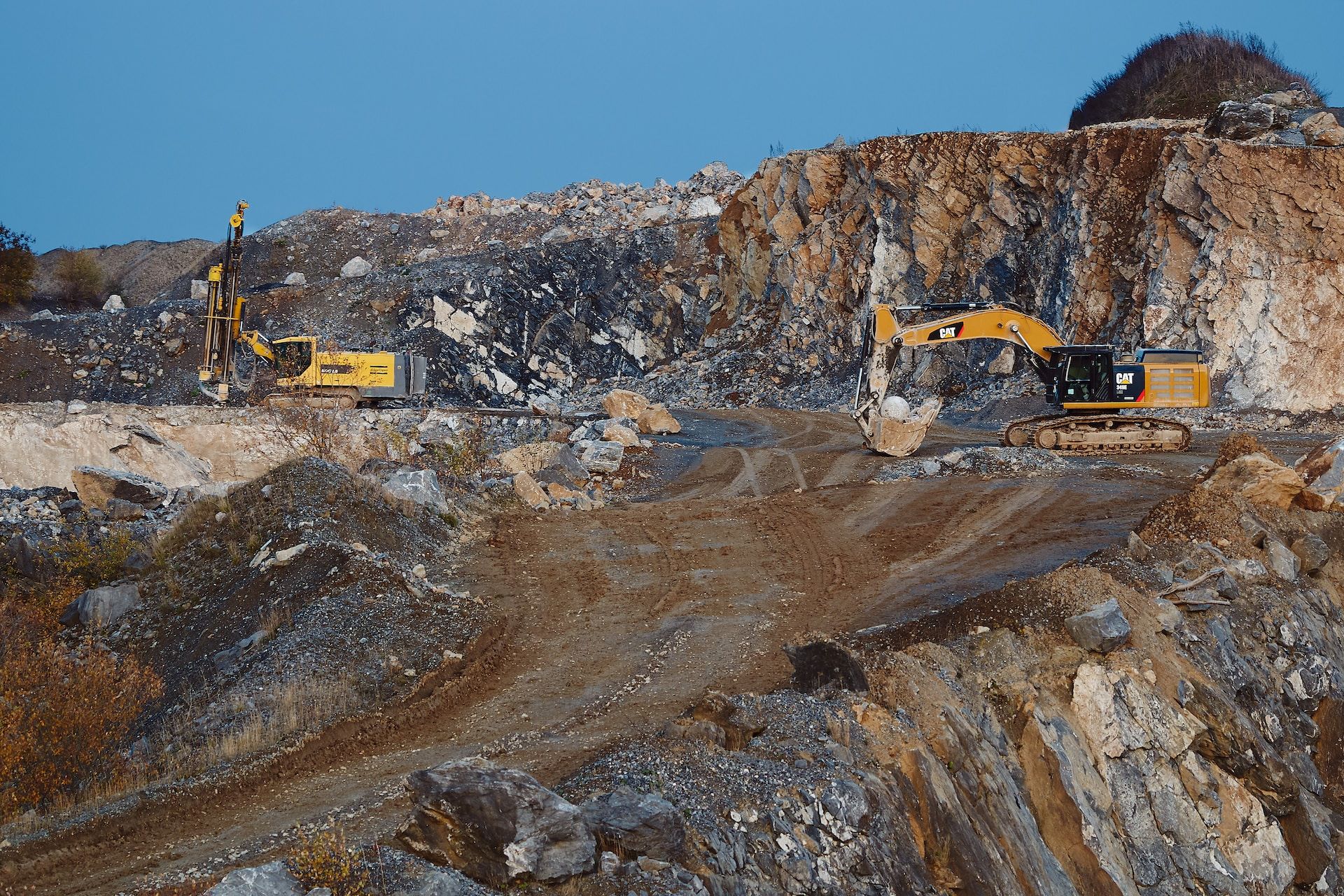
China’s Ganfeng Lithium Group is set to invest A$106.1m ($72m) into ASX-listed Leo Lithium to expedite its Goulamina lithium project in Mali.
Leo Lithium secured a strategic placement and entered a cooperation agreement with a unit of Ganfeng in this regard.
The placement involves the issuance of 131 million new Leo Lithium shares to Ganfeng at A$0.81 apiece.
This marks a 6.5% premium to Leo Lithium’s five-day volume weighted average price (VWAP).
Proceeds will go towards stage one development and operational ramp-up expenses related to the Goulamina project, which includes a land holding of 100km² in southern Mali’s Bougouni region.
The placement awaits regulatory clearances in China.

US Tariffs are shifting - will you react or anticipate?
Don’t let policy changes catch you off guard. Stay proactive with real-time data and expert analysis.
By GlobalDataLeo Lithium will have A$177m in cash, as well as $93m cash and access to $40m undrawn debt held within the Goulamina JV upon the settlement of the placement.
Under the cooperation agreement, Leo Lithium and Ganfeng will carry out a study to expand the total annual production capacity of Goulamina stages one and two to one million tonnes.
They will also assess the prospects of co-investing in a downstream conversion facility in Europe or in locations near West Africa, as well as establish and jointly finance an exploration joint venture to focus on Australian opportunities.
Ganfeng will have a 9.9% interest in Leo Lithium upon the closing of the placement.
Leo Lithium managing director Simon Hay said: “As a condition to the strategic placement, Leo Lithium and Ganfeng will enter a binding cooperation agreement.
“The cooperation agreement will deliver a range of key strategic benefits to Leo Lithium, including a commitment to expand the capacity at Goulamina stage two, as well as a framework for further cooperation on a downstream conversion facility and other business opportunities. The proposed tolling arrangement with Ganfeng provides Leo Lithium with a highly beneficial, low-risk solution to gain exposure to lithium hydroxide production and the attractive margins that are available from moving further downstream.”



